Geologist Bob Ganis was looking for a project. He had recently retired but, as he puts it, “you can’t turn a geologist’s brain off.” He knew of past, vague reports of marine fossil occurrences, leading him to Paint Hill Farm, near his North Carolina home.
His visit to Paint Hill Farm led to a series of unusually lucky events, culminating in an extraordinary discovery: local evidence from an extraterrestrial impact 35 million years ago, likely an asteroid or a rare comet.
Earlier this year, The Nature Conservancy acquired this 300-acre property, with support from a Department of Defense program, then sold it to the state parks system, becoming part of the Weymouth Woods Sandhills Nature Preserve.
The park now has quite a story to tell of unimaginable devastation wrought by one of the largest extraterrestrial impacts to ever hit the planet.

A Serendipitous Find
As Bob Ganis and local fossil sleuth Hannah Rolland searched the local strata, the owner of nearby Paint Hill Farm contacted him. A pipeline trench was being cut through her property. Would he like to have a look?
“If I had not been looking for fossils, I would not have been there when the pipeline trench was excavated,” says Ganis. “I happened to be one of the people who would recognize that something unusual was being revealed. I was there at just the right time.”
Ganis has called it the “strangest day of my life.” The trench, only open for a day, revealed multicolored debris, filling a large channel, that had cutinto horizontally-layered fossiliferous marine strata. This didn’t fit with what he understood of the Sandhills regional geology. It spoke of a big event.
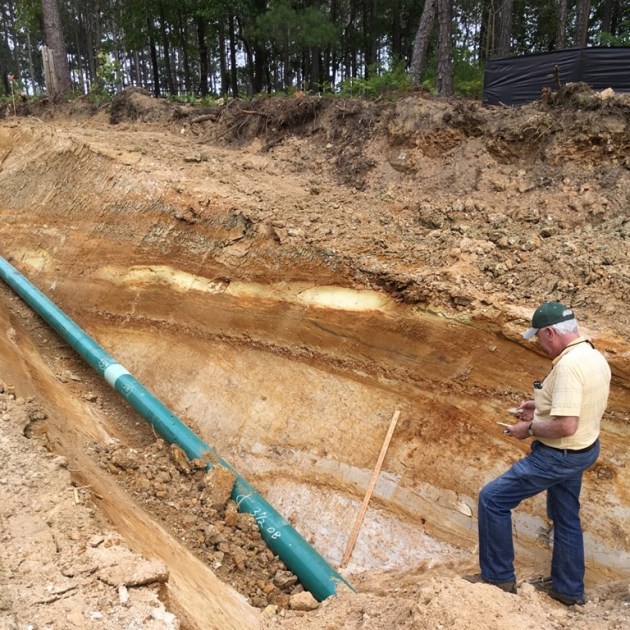
“When I first saw it, I had no idea what I was looking at,” he says. “It was not the typical geology we were used to seeing here.” It became a muti-year mystery.
Researchers in several geologic disciplines became involved in solving it, culminating in an article in the journal Southeastern Geology. It describes just how extraordinary the find was. The channel contents, dug up again for study in a second trench, proved to be rare terrestrial evidence of a mega-impact.
Usually, when material is thrown out on land, far-off from an extraterrestrial impact, it is quickly removed by erosion. As such, it leaves no trace of the event. Geologists often rely on models to reconstruct what should have happened. But at Paint Hill, geologists can see what actually did happen. The evidence is essentially entombed in a channel.
“There’s no place on earth, that I know of, where a sequence of events from a mega-impact are preserved like they are at Paint Hill,” says Ganis.
The Story of an Extraterrestrial Impact
“The layers at Paint Hill are like reading a chapter in a book of earth’s history,” says Ganis. “You see what happened first, what happened next. It’s right there. It’s an exceptional story.”
Putting that story together started with dating the marine strata’s fossils. The age fit. The channel had cut into strata that was only a little older than a known extraterrestrial mega-impact that had struck southern Virginia: The 35-million-year-old Chesapeake Bay Impact.
The channel-fill material found in North Carolina appeared to be from that mega-impact event, reportedly the 7th largest known on Earth. The actual impact site occurred in the ocean, 236 miles away.
Research from Paint Hill Farm
Ganis, R., et al. (2025). Evidence for Distal Bolide Impact and Tsunami Deposits in the Upper Atlantic Coastal Plain of Moore County (North Carolina, USA) generated by the Eocene Chesapeake Bay Bolide Impact. Southeastern Geology.
Research by the U.S. Geological Survey determined that the asteroid or comet was approximately 2.5+ miles in diameter and formed a crater (now filled in near the southern end of the Chesapeake Bay) about 40 miles across, and 6000 + feet deep when it hit.
The USGS determined the impact’s energy was like simultaneously detonating every nuclear weapon in existence, multiplied by hundreds.
“Even for a geologist, it’s hard to get your head around,” Ganis said.
For the region, the immediate impact was just the beginning of a horrifying series of events. “You start with an ultra-hot, hypersonic shock-wave,” Ganis says. “It would have immediately spread outward for many hundreds of miles. It killed everything. The conditions for life would have been completely destroyed.”
Ejected crater material was violently hurled out. “Pieces of re-solidified melt-glass ejecta, called tektites, reached northern South America,” Ganis says.
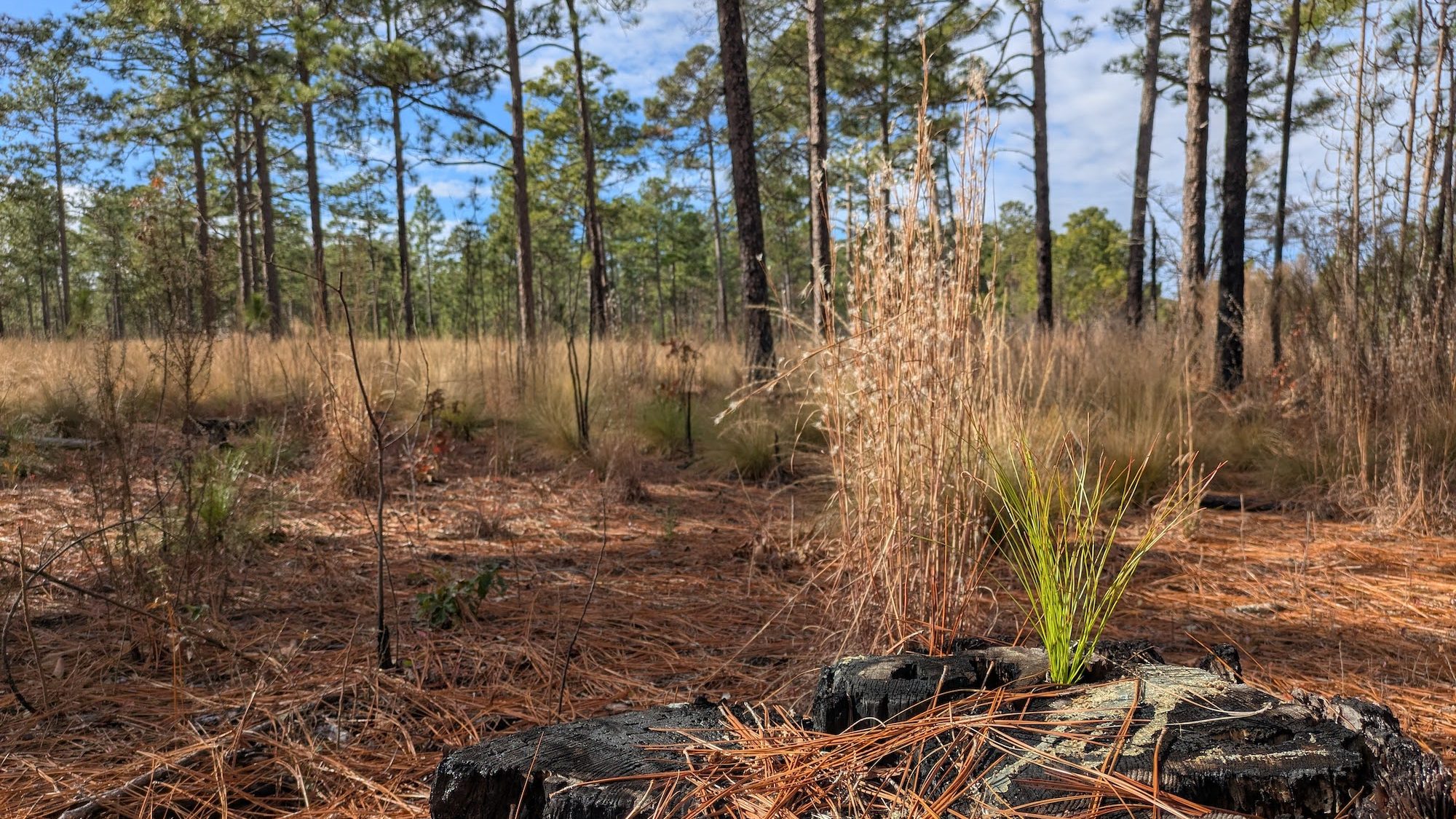
Fine ash would have coated all of what is now the eastern United States.
Enormous tsunamis followed, moving at as much as 500 miles per hour, ripping up the seabed and land, leaving jumbled layers of debris in the channel. In the mix were clumps of ripped-out ancient paleo-soil – evidence that the Eocene-sea had receded in the Paint Hill region. A weathering Coastal Plain was overrun by the waves.
“At Paint Hill, a series of sequential layers records the hellish events of the day,” Ganis says.
Today, the area is covered in longleaf pine forest and rural landscapes, with not even a suggestion that once this was the site of devastation rivaling the most outlandish disaster movie.
As Ganis and coauthors note, “This geology in North Carolina once again reminds us that Earth has some dangerous companions that occasionally come calling.”
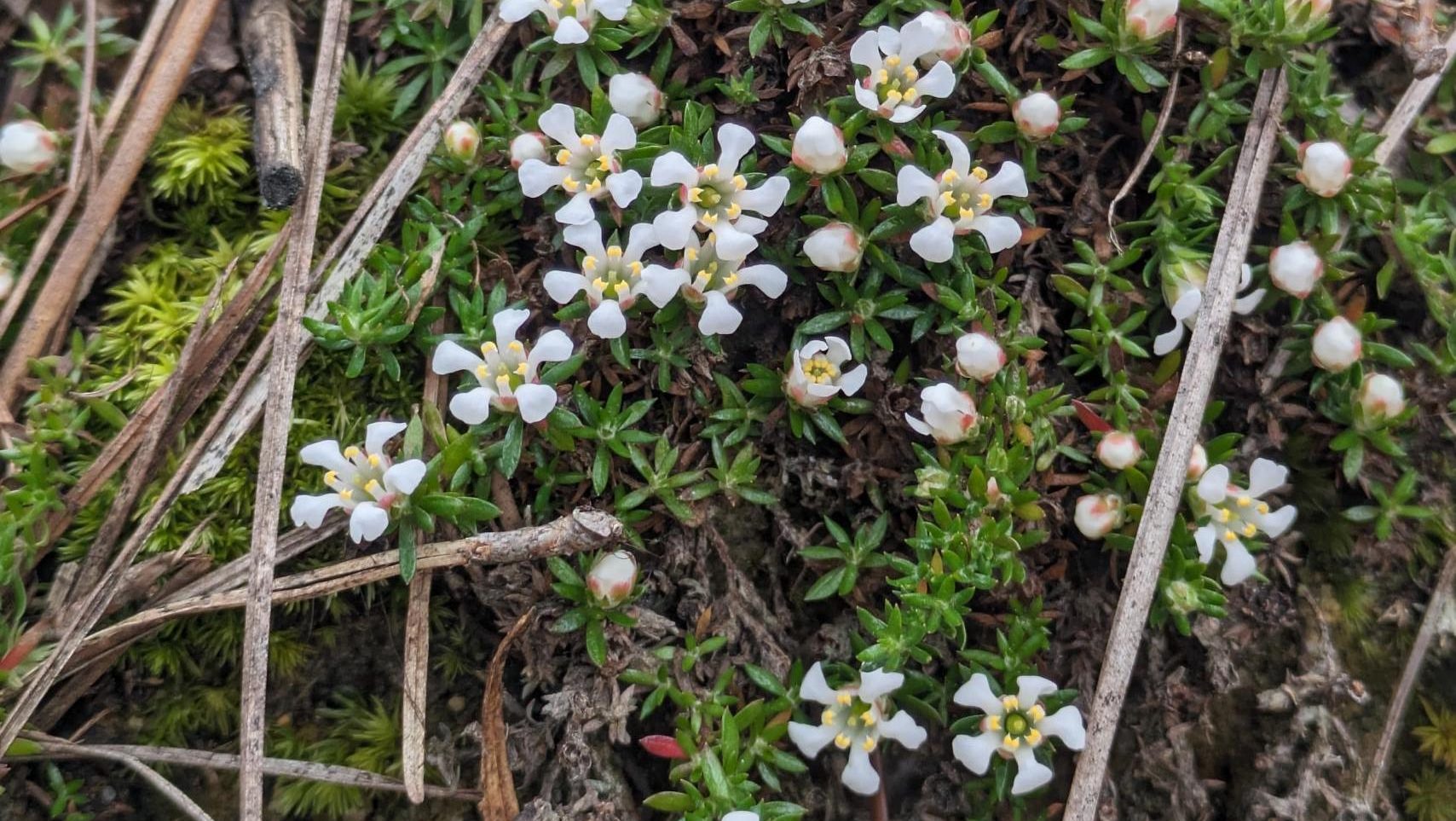
A Future for Paint Hill Farm
Landowner Alison Ives wanted Paint Hill Farm to remain undeveloped and be available for the benefit of the local community. That led to the acquisition by The Nature Conservancy. Now part of a state park, the property will be a place for outdoor recreation like hiking and birding, as well as for environmental and cultural interpretation. Visitors will have a chance to learn about the far-away asteroid (or comet) impact that once obliterated this area.
“The park could develop fossil and geology exhibits says Ganis. “It would be exciting for visitors to learn what once happened here.”
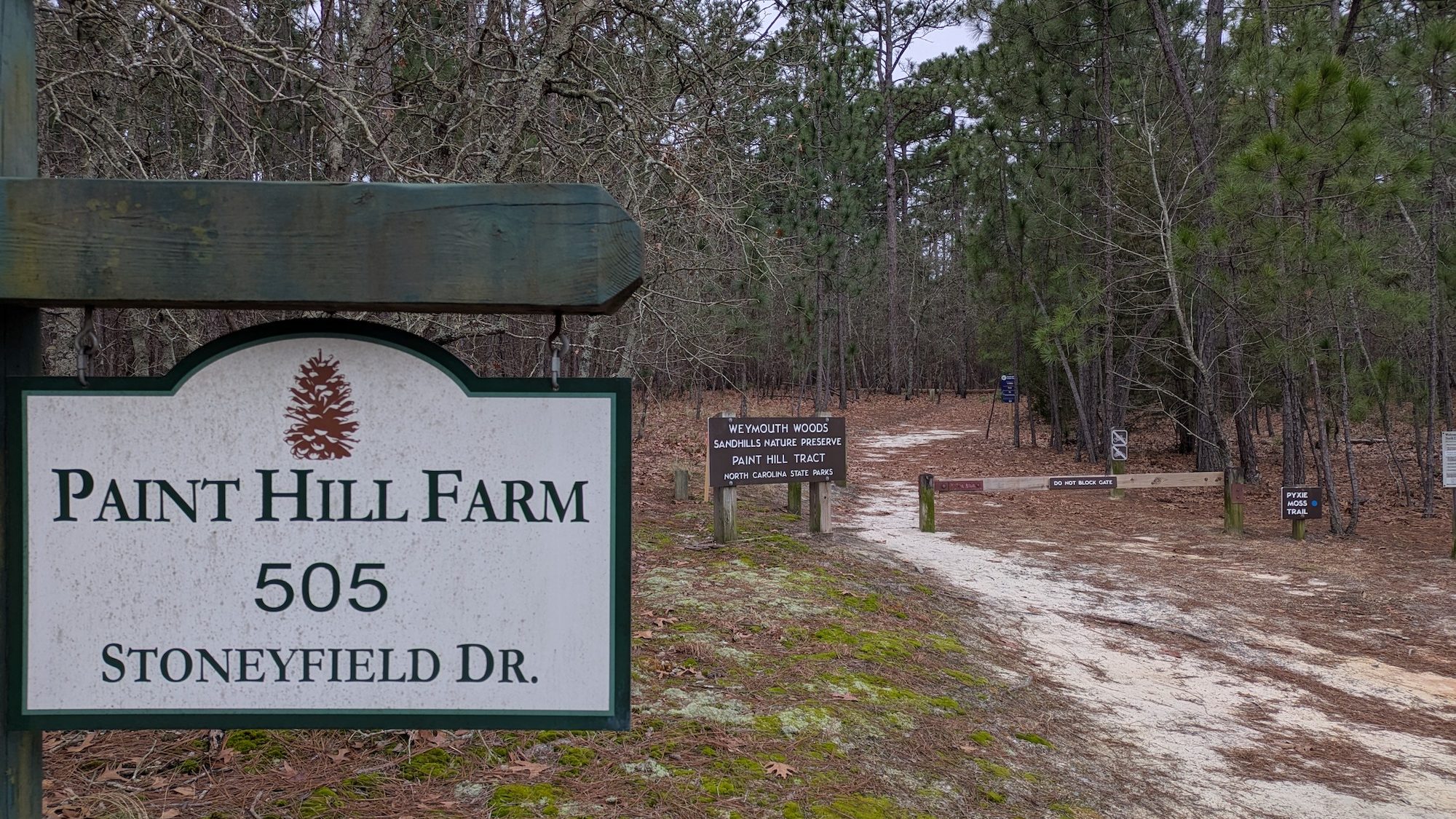
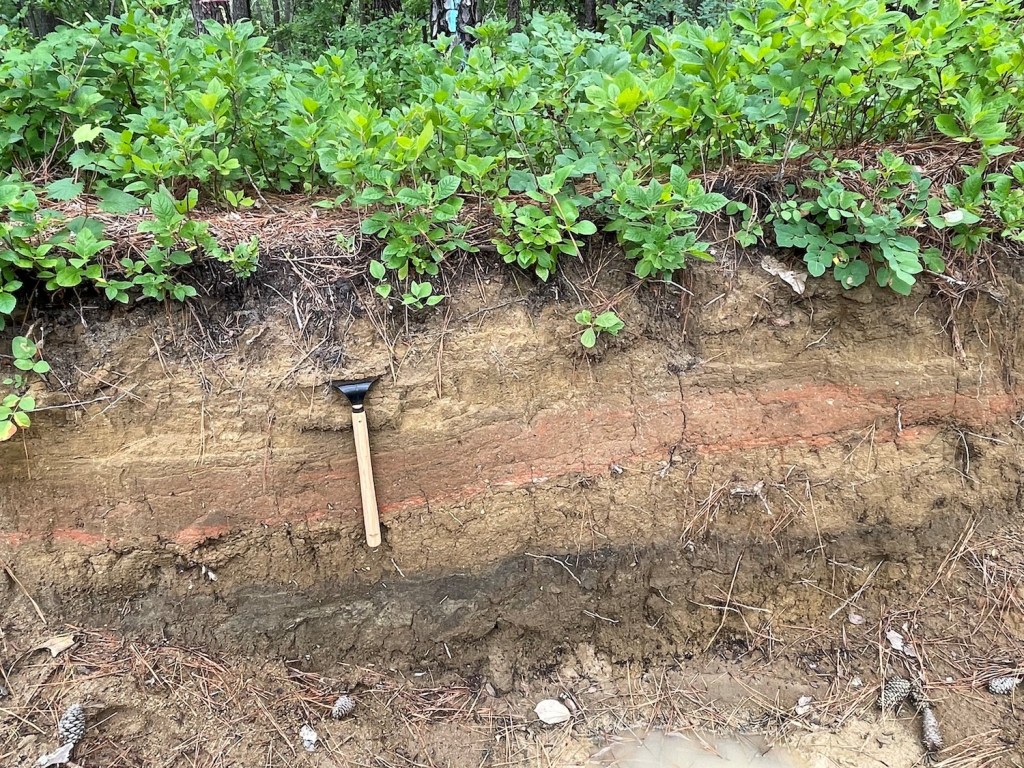



Very interesting article! Thank you!